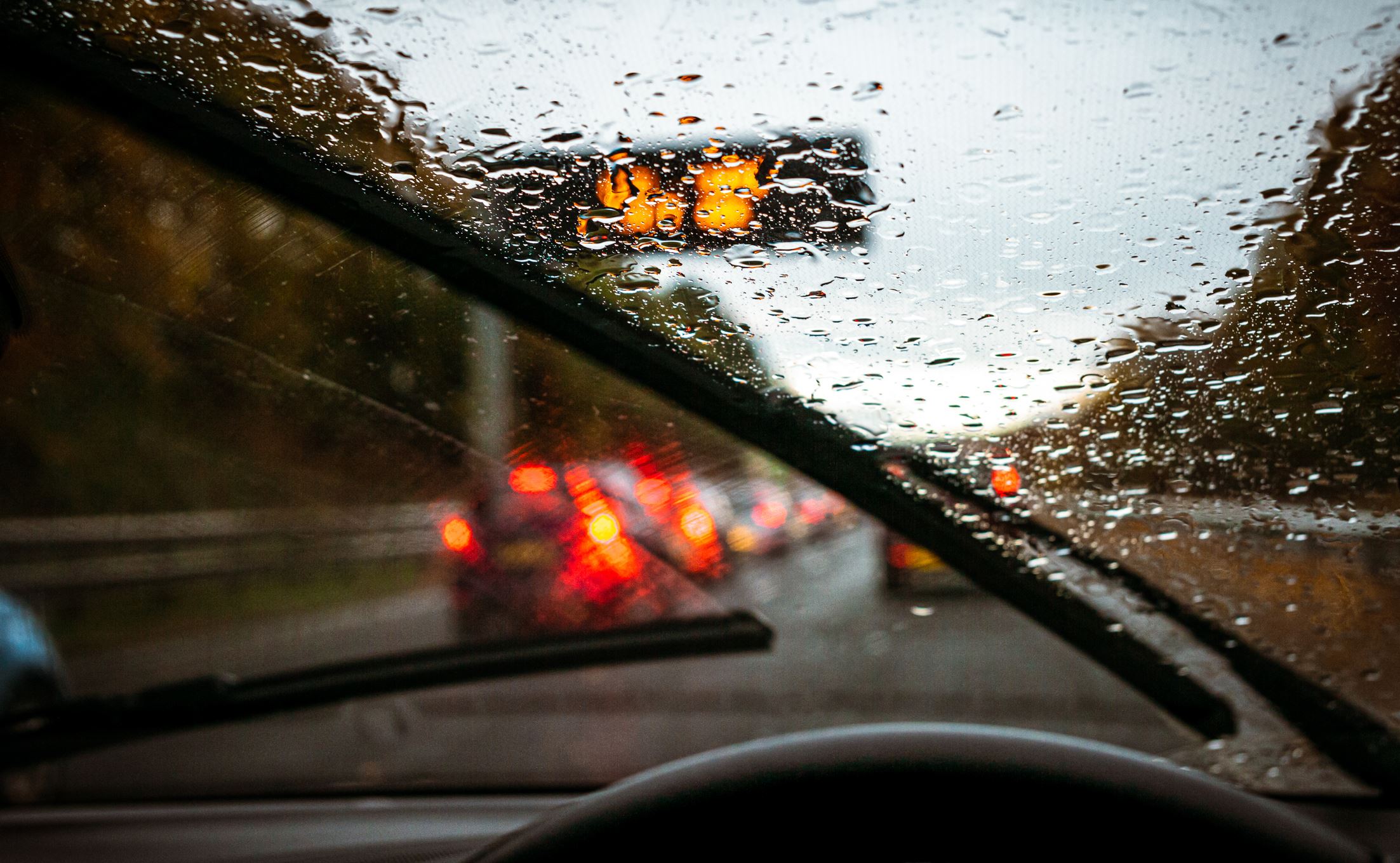While we don’t see much ice and snow during Fresno winters, we do get our fair share of rainy days during this time of year. Whether driving in a sprinkle or a downpour, rain can negatively impact visibility, driver capabilities, and vehicle performance.
In fact, statistics from the Federal Highway Administration (FDA) show that roughly 21% of vehicular accidents are considered weather-related, with about 70% of these crashes occurring on wet pavement and 46% occurring during active rainfall.
Below, we provide some ways that you can tackle rainy roads like an expert and greatly reduce your risk of getting into a car crash.
Double Check Your Car’s Equipment
Before heading out in rainy conditions, you want to ensure that vehicle is prepared to handle such conditions. Double-check the following parts of your car to ensure that they are all functioning properly:
- Headlights
- Taillights
- Blinkers
- Windshield wipers
Arguably the most important items that you’ll want to check are your tires, which should have the proper tread on them in order to provide traction and keep your vehicle steady. Balding tires severely reduce your traction to the road and make you more vulnerable to skidding.
Ventilate Your Car
Rain causes humidity levels to rise in your car, which can then cause your vehicle’s windshield and windows to become foggy as you start to drive. Most vehicles are equipped with ventilation systems that reduce interior fog.
This should be something that you handle before getting on the road so that you don’t have to worry about it hindering your visibility while you’re actively driving. If fog forms while you’re behind the wheel, pull over to the side of the road where it’s safe to make any adjustments.
Adjust Your Driving Habits
.2101111450550.png) Remember that speed limits are designed for ideal conditions, not while driving through active rainfall or on wet roads. During any adverse weather or road conditions, it’s imperative that you reduce your speed in order to give yourself more time to brake or make any last-minute maneuvers.
Remember that speed limits are designed for ideal conditions, not while driving through active rainfall or on wet roads. During any adverse weather or road conditions, it’s imperative that you reduce your speed in order to give yourself more time to brake or make any last-minute maneuvers.
Wet roads can be very dangerous and may also cause your vehicle’s braking time to be much slower. You should always keep extra room between your vehicle and the ones around you while it’s raining to allow yourself more time and distance to completely stop.
Know What To Do If Your Car Hydroplanes
Driving through standing water can cause your car to hydroplane, which occurs when your vehicle’s tires lose traction with the ground and start to skid on the surface of the water.
If you’ve ever experienced hydroplaning before, you understand how terrifying it is to lose control of your vehicle. Knowing how to handle these situations, however, is crucial to gaining back control of your vehicle. Here’s what you should do:
- Remain calm
- Avoid the natural urge to slam on your brakes
- Ease your foot off of the gas pedal
- If you start to spin, turn your wheel in that direction to line your wheels back up, then turn back in the direction you want to go
- Do not turn your wheel against the direction it has begun to spin or turn the wheel sharply, as the overcorrection can cause your car to flip over
- If needed, use a light pumping action on the brakes
With all that said, there is no reason that you should put yourself and others in danger when it’s not necessary. If you’re uncomfortable getting behind the wheel while it’s raining, it’s a good idea to postpone your trip until the weather improves and you feel more confident on the road.
If you or a loved one is injured in a car crash, please remember that our legal team is here for you. Contact Fowler Helsel Vogt at (559) 900-1280 to speak with our Fresno car accident attorneys for free today.


